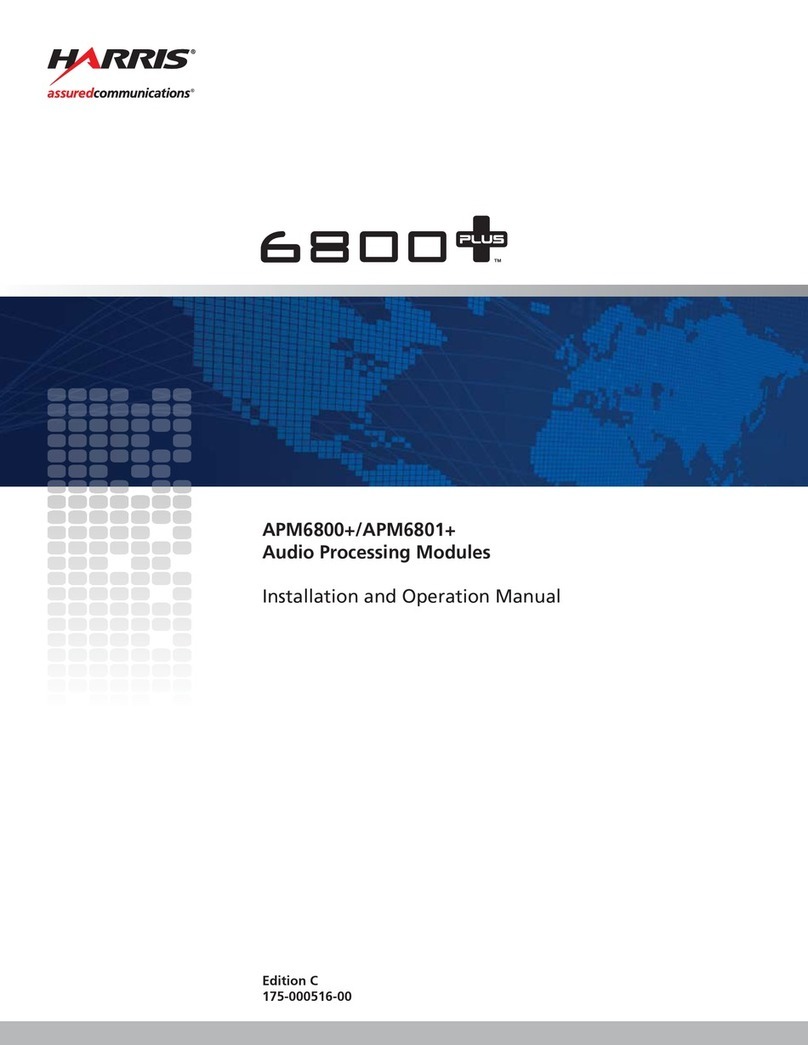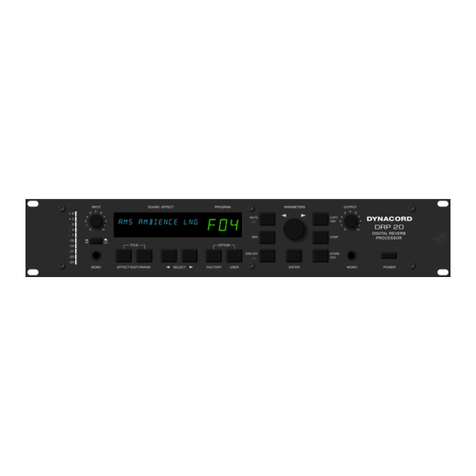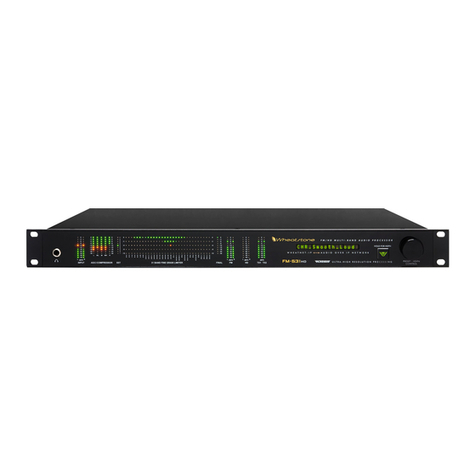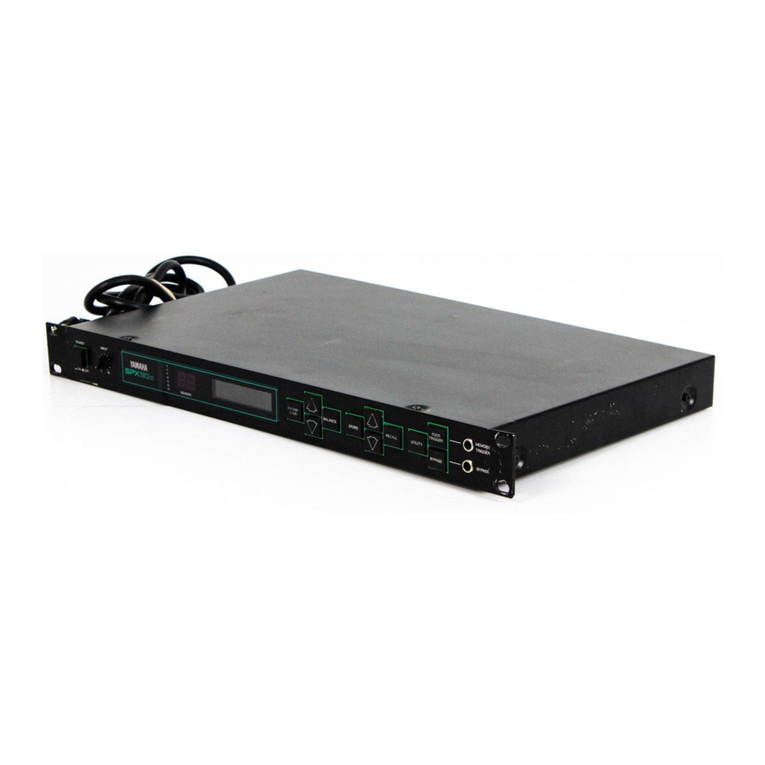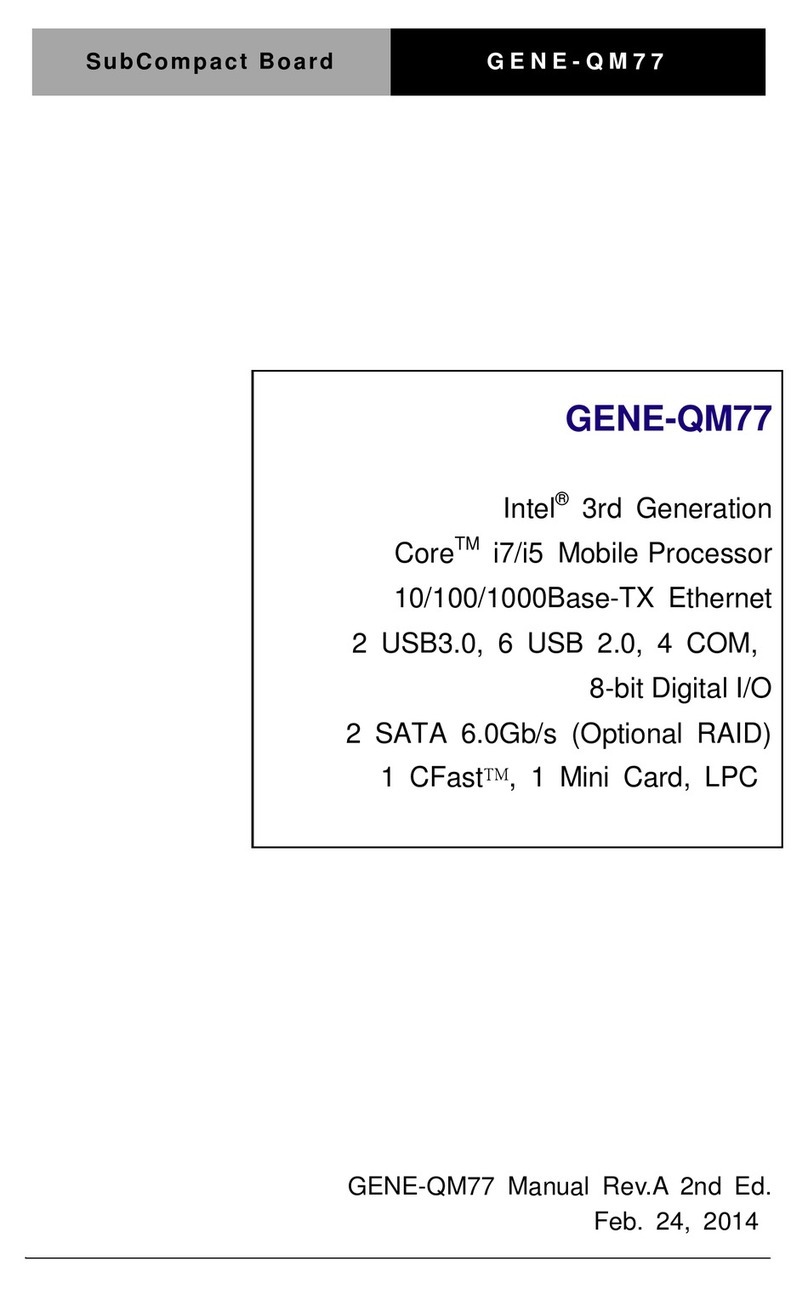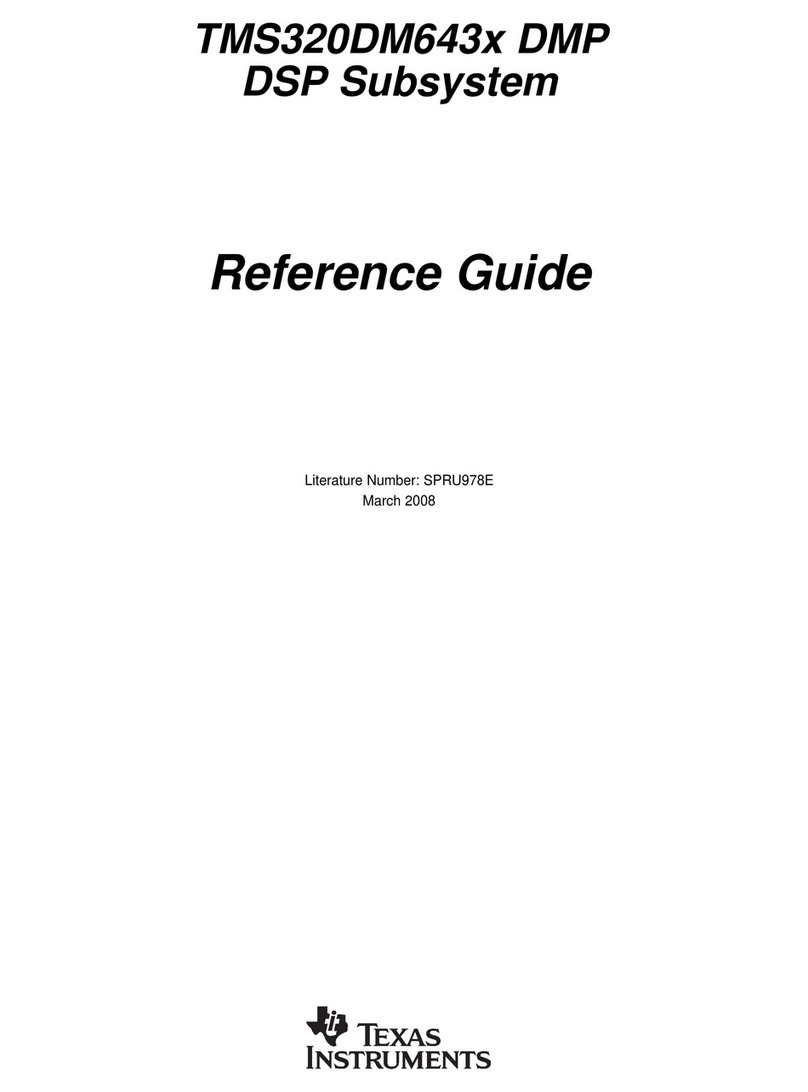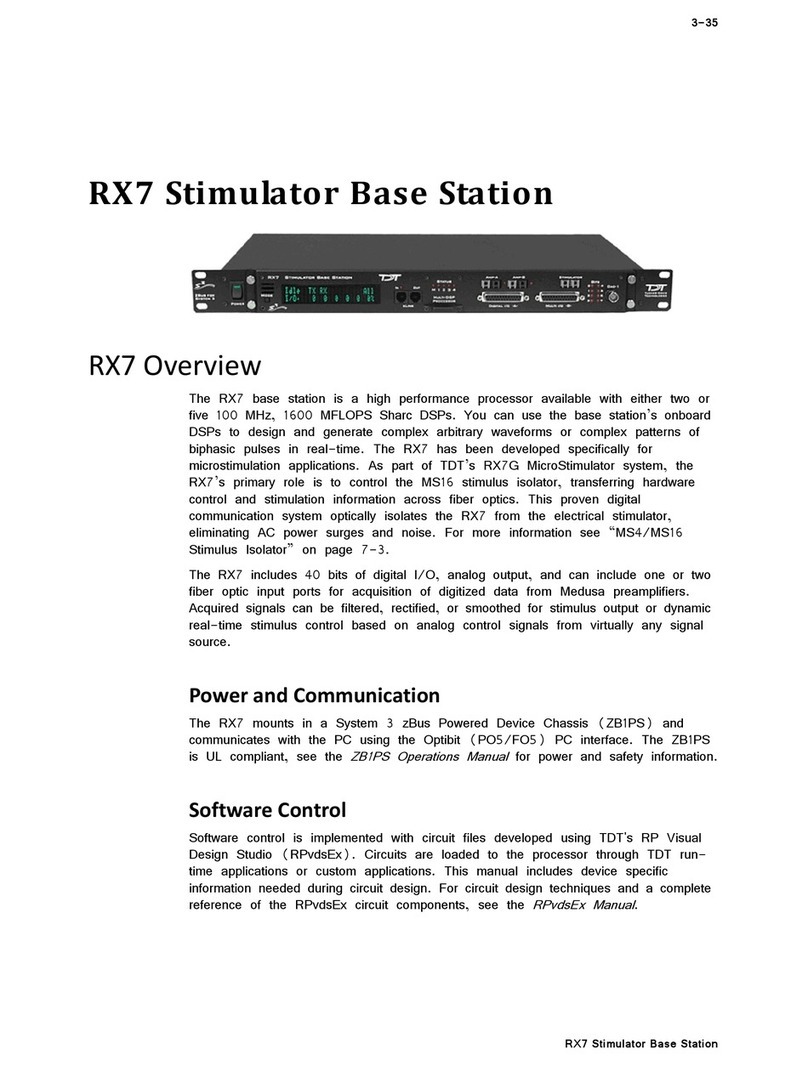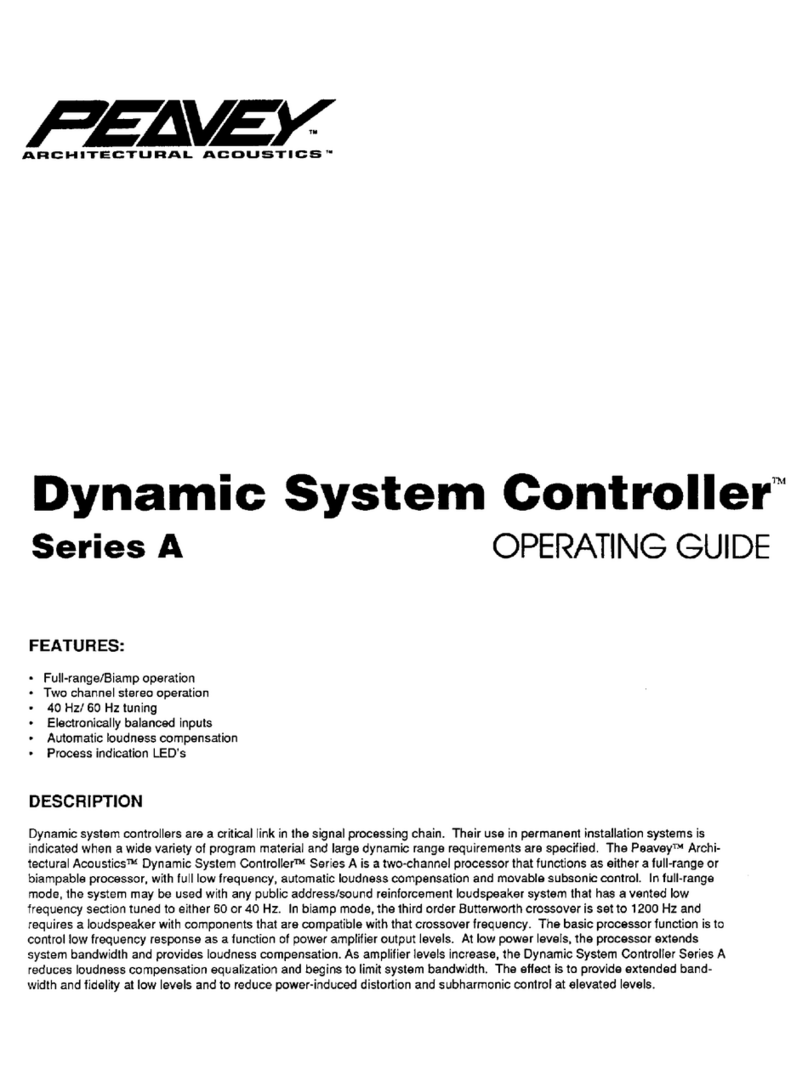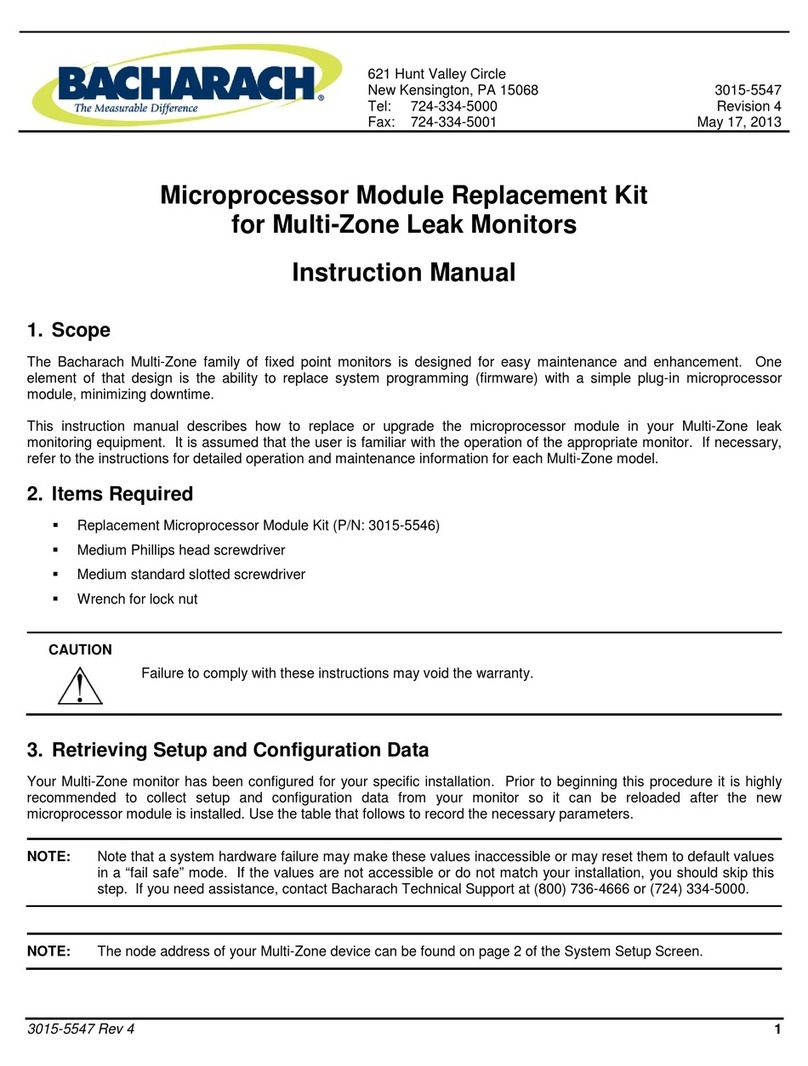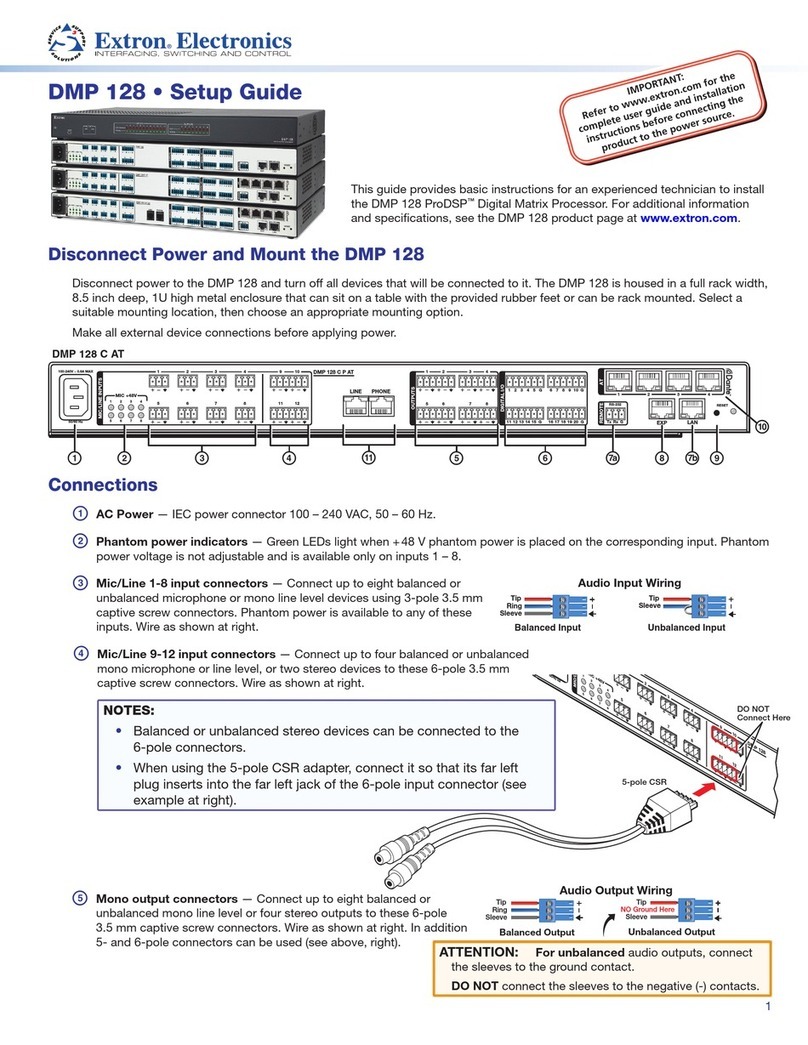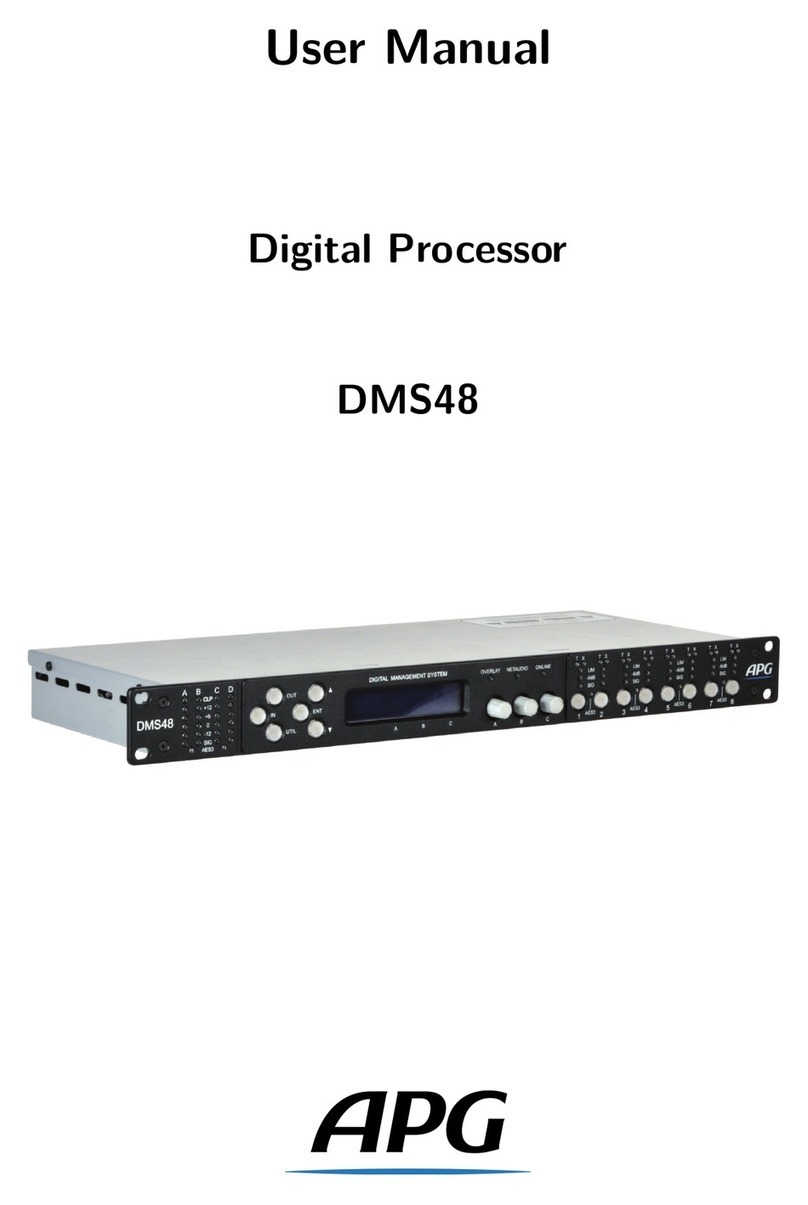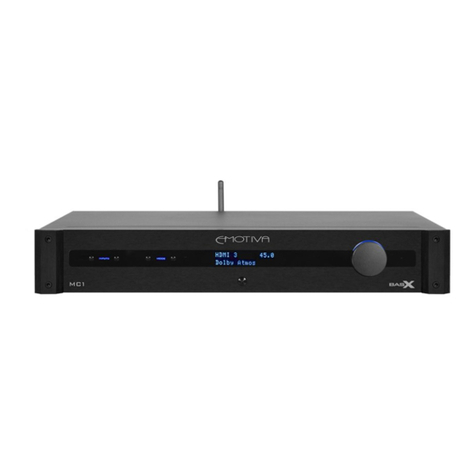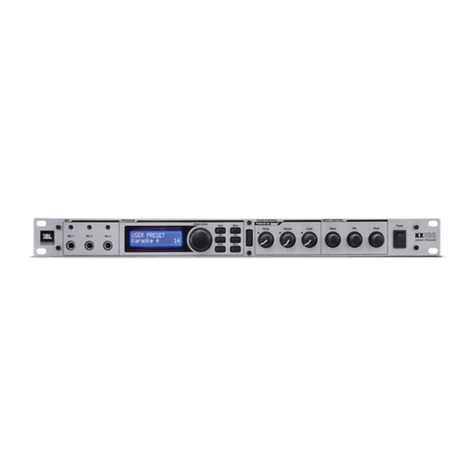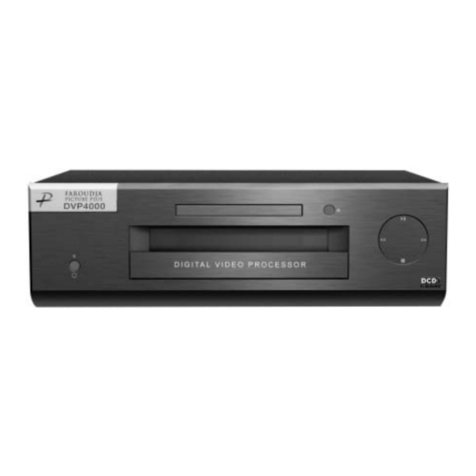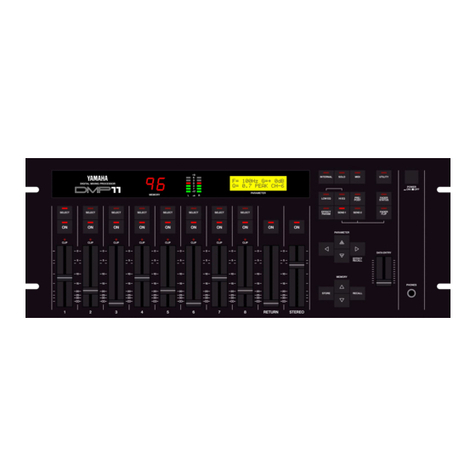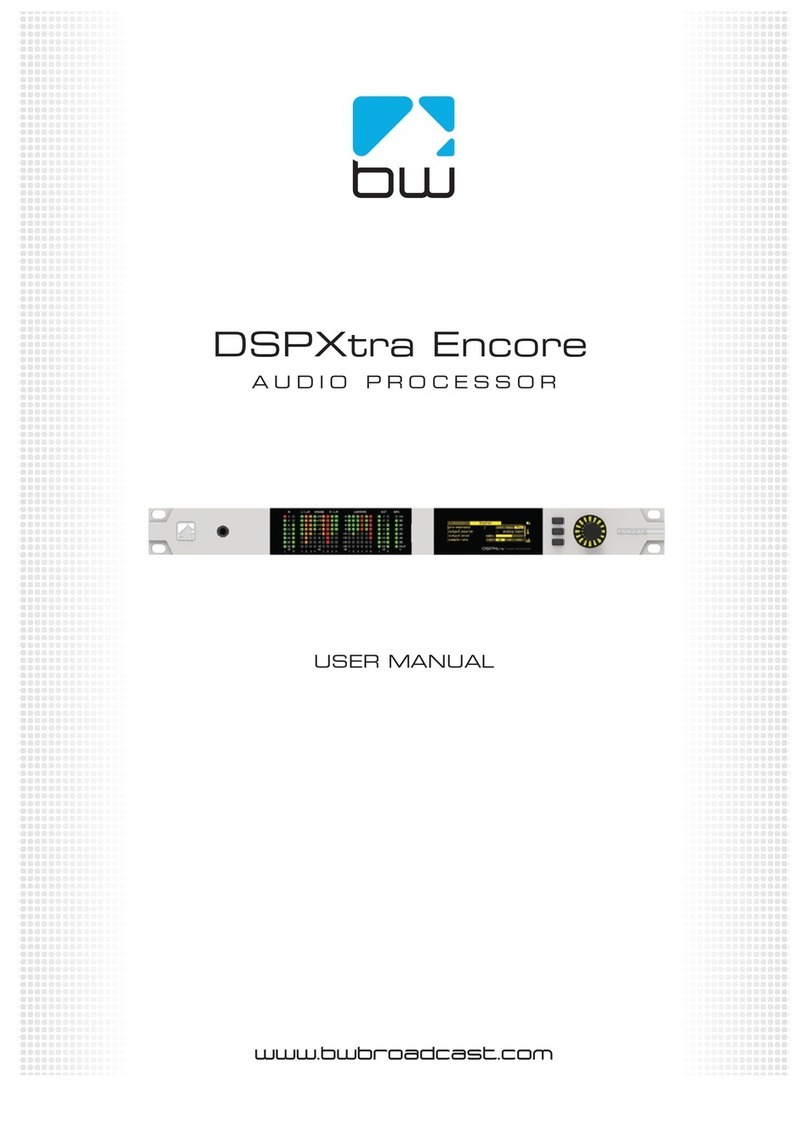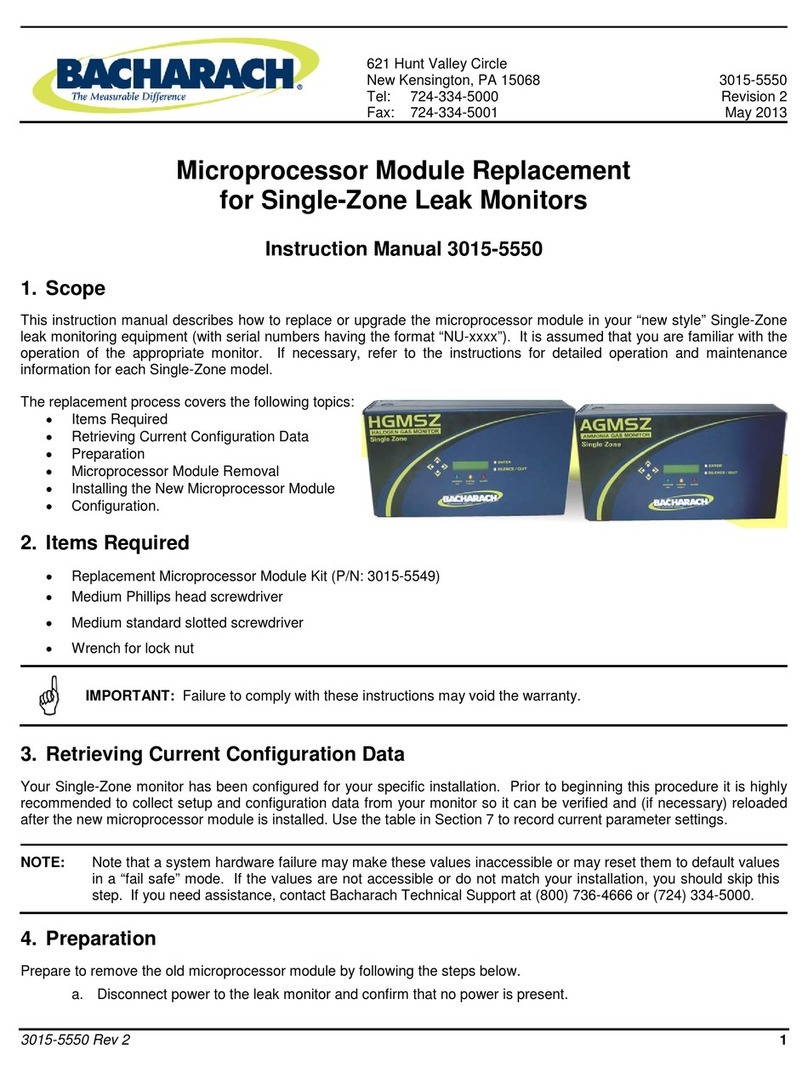Krell Industries Digital to Analog Processor STUDIO 2 Quick start guide

STUDIO2
O O 0 0 0 0 0 0 0
STUDIO 2 DIGITAL TO ANALOG PROCESSOR
OWNER’S REFERENCE

INTRODUCTION
Thank you for your purchase of the Krell STUDIO2 Digital-to-
Analog Processor and welcome to the Krell family of audio
components. Krell is dedicated to the development of technologi-
cally advanced components for the reproduction of digitally
recorded music. The STUDIO2 continues the Krell tradition of
uncompromising performance through leading-edge technology.
To obtain the best performance from your STUDIO 2 Processor,
careful attention should be paid to its placement, installation and
operation. A thorough understanding of these details will help
insure satisfactory operation and long life for the STUDIO2 and
related system components.
This Owner’s Reference is divided into several sections which
describe the features and functions of the STUDIO2. A Question
and Answer section is included to provide answers to common
questions. Shouldyou have any questions or suggestions, please
feel free to contact your authorized dealer or the KRELLstaff for
assistance.
In the unlikely event that your STUDIO2 should require service,
you will be pleased to know that it is backed by a comprehensive
Customer Satisfaction policy and one of the most advanced
service facilities in the industry. For detailed information on the
terms and conditions of service, please consult the Warranty and
Service section of this Reference, Warranty Registration Card, or
authorized KRELLDealer/Distributor.
PAGE2

....... TABL~ OF CONTENTS
4UNPACKING INSTRUCTIONS
5 PLACEMENT
6 AC POWER CONSIDERATIONS
7 INPUT AND OUTPUT CONNECTIONS
i i PROCESSOR OPERATION
13 OPERATING INSTRUCTIONS
15 QUESTIONS AND ANSWERS
18 SPECIFICATIONS
19 WARRANTY AND SERVICE INFORMATION
PAGE 3

UNPACKING
UNPACKING INSTRUCTIONS
1. Open the box and remove the top layer of foam. The following
items will now be visible:
STUDIO 2 D/A Processor
AC power cord
Packet containing the Owner’s Reference and Warranty
Card
NOTE:If any of these items are not included, please contact your
authorized dealer immediately for assistance.
2. Carefully remove the STUDIO 2 from the box. Remove the
protective plastic wrap from the Processor.
NOTE: Save all packing materials. If you must ship your
STUDIO2 in the future, repack the unit in its original packaging
to prevent transit damage.
PAGE

PLACEMENT
PLACEMENT
Before you install the STUDIO2 into your system, we recommend
that you follow these guidelines in choosing the location. This will
facilitate a clean, trouble-free installation.
1. Although well shielded, the STUDIO2 should not be placed in
close proximity to hum-sensitive components (i.e. preamps,
turntables, tuners, etc.) that can create interference and induce
hum.
2. As with any high quality component, ensure that the vent
openings in the chassis are free from obstruction, allowing the
Processor to dissipate heat created by its power supply and Class
A output stage. Place the unit on a clean, level surface away from
excessive dirt or moisture. Make sure the STUDIO2 has at least
2 inches of clearance on either side and 2-3 inches of space at the
top. Components that are heat sensitive should not sit directly
above the unit.
3. The STUDIO 2 does not require additional mass coupling or
isolation. You may experiment with feet or cones as long as they
do not permanently affix to the chassis. Any unauthorized
modifications to the electronics or chassis will void the warranty.
PAGE5

AC POWER
AC POWER CONSIDERATIONS
NOTE: While the STUDIO 2 has superb regulation and does not
require a dedicated ACcircuit, we strongly advise against any
connections through extension cords or multiple AC adaptors.
High quality 15 amp grounded AC strips are acceptable. High
quality ACline conditioners or filters can be utilized if they are
grounded and meet or exceed the unit’s power supply rating of
150VA.
CAUTION: Do not remove or bypass the ground pin on the end
of the ACcord. This may cause RFI (radio frequency interference)
to be induced into your playback system.
PAGE6

CONNECTIONS
INPUT AND OUTPUT CONNECTIONS
CAUTION:When making connections to this component or any
other, make sure the power amplifier is OFFand the preamplifier
is in the MUTEor STANDBYmode.
1. Connect the power cord to the back of the STUDIO2 and plug
the unit into the wall ACreceptacle.
2. Connect the STUDIO2 analog output to the line level input of
your preamplifier.
The STUDIO2 is equipped with two analog output configurations:
Single-ended via RCAconnectors and balanced via XLRconnec-
tors. If your preamplifier has high level balanced inputs, we
recommend the balanced outputs of the Processor be used. There
are considerable sonic benefits associated with the use of balanced
interconnection.
The XLRpin configuration is described below.
Pin 1
Pin 2
Pin 3
Ground
Non-inverting (0
°)
Inverting ( 180
°)
NOTE: The two outputs can be used to simultaneously feed
different systems.
NOTE:If you decide to use the single-ended analog outputs, the
type of interconnect cable should be chosen carefully. High
quality shielded cable is suggested.
PAGE 7

CONNECTIONS
3. The Left and Right channel RCAoutputs are labeled on the
back panel. The balanced outputs are not labeled. The balanced
connector closest to the Left RCAoutput is for the left channel
output and the connector closest to the RCAright output is the
right balanced output. Care should be taken to insure that the
channel orientation between the Processor and the high level
inputs of your preamplifier is maintained.
4. Connect the digital output of your CD transport and other
digital sources to the inputs of the STUDIO2. If you are using
multiple digital sources, take note of where each input and
corresponding switch setting is located.
The STUDIO2 is equipped with the following inputs: two coaxial,
one AT&Twide bandwidth fiber optic, standard TOSHfiber optic,
and one AES/EBU. All inputs can accept a signal from any digital
source such as Compact Disc players, Laser Disc players, DATs
or satellite receivers. Whena powered digital source is introduced
to an input and that input is selected with the specific Input
switch, the corresponding signal LED will illuminate. When the
source and the Processor have locked the SYNC indicator LED
will illuminate.
The STUDIO 2 has a provision to add an additional AT&Tinput.
The second AT&Tinput will replace the Coax 2 space on the back
panel and is selected by the COAX2/STinput switch. For further
information contact KRELL.
NOTE: If the digital source is ON and the signal LED does not
illuminate, check to make sure the digital interconnect cable is
secure at both ends or is not in need of repair.
PAGE8

CONNECTIONS
5. Once you have completed the necessary input and output
connections, select the input of your choice. For each input
selected, the corresponding LEDwill illuminate. Whena powered
digital input source and the Processor have linked, the SYNCLED
will illuminate.
DIGITAL SOURCE TO D/A PROCESSORINTERLINK CONSID
~,
ERATIONS
Care should be taken in selecting the type of cable used to link the
digital source to your Processor. We suggest the AT&Twide-
bandwidth fiber optic cable be used. The AT&Tformat has a
bandwidth of approximately 50 MegaBit. This allows accurate
transmission of the digital bit stream without data corruption
and proves to be sonically superior. If the AT&Tformat is not
available, a high quality quartz fiber optic cable (TOSHformat)
can work well. Using a fiber optic interconnect reduces ground
loop problems often associated with quality audio systems.
If coaxial cable is used, it should be non-capacitive and have a
bandwidth in excess of 10MHzto prevent drop-out errors. For
best results with coaxial cable we recommend the AES/EBU
balanced format. The AES/EBUformat is a + 5 volt balanced
digital transmission. Because of the high voltage balanced for-
mat, this system allows for accurate data transmission and has
great sonic advantages over standard single-ended coaxial or
Tosh fiber optic terminations. The AES/EBUcoaxial cable must
have two conductors and a shield for balanced termination.
PAGE 9

CONNECTIONS
How to connect AT&Tcables:
a. Remove the plastic cover from the outside of the AT&T
transmitter (located on Transport) and receiver (located on Pro-
eessor).
b. Locate the slot on the top of the AT&Treceptacle.
e. Locate the key on the top of the AT&Tcable.
d. Removethe plastic cap from both ends of the fiber optic cable.
e. Slide the cable connector into the AT&Treceptacle with the key
sliding into the designated slot.
f. Gently push the connector into place, depressing the internal
spring, and twist the outer collar clockwise to secure the con-
nection.
PAGE 10

OPERATION
INPUT SELECT SWITCHING
The STUDIO2 has multiple digital inputs. Each input has its own
input switch and direct path to the digital Processor. When an
input is selected, the corresponding LEDwill illuminate.
AT&T
TOSH
XLR
COAX1
COAX 2/ST
AT&Tfiber optic input
Toshiba fiber optic input
Balanced AES/EBU digital input
Coaxial input
Coaxial input or Optional-2nd AT&TST input
SYNC INDICATOR
When the input signal locks with the Processor, the SYNCLED
will illuminate. The input frequency is automatically selected by
the Processor. As an example, if you select the AT&Tinput from
a CD transport, the 44.1 KHz frequency will automatically be
selected and the SYNCLED will illuminate. The STUDIO 2 will
accept and automatically adjust to 38.0 KHz, 44.1 KHz, and 48.0
KHz input frequency signals.
PAGE11

OPERATION
0° and 180 ° PHASE SWITCHING
The absolute output phase of the STUDIO 2 can be changed. In
some recordings the master tape was recorded out of phase,
creating unusually poor sounding recordings. The STUDIO 2 can
shift the absolute output phase 180° to correct for this anomaly.
To change the phase from 0° to 180°, press the 180 DEGbutton.
To change back to normal phase, press the 0 DEG button.
Utilizing the Phase Switching can, in some instances, restore life
to a previously dull sounding recording.
EMPHASIS LED
Emphasis is a recording technique that accentuates the treble
region of recorded music. Discs and/or Tracks that were recorded
with Pre-emphasis will cause the Emphasis LED to illuminate.
When the Emphasis LED is lit, the appropriate complementary
circuitry (De-emphasis) is activated to provide a fiat output
response.
PAGE12

OPERATION
OPERATING INSTRUCTIONS
1. Select an input with the Input switch. Notice the Signal LED
will illuminate whenthe digital source is turned on and has linked
with the Processor. Once this link is complete, the Processor is
ready to pass a signal.
2. Be sure that your preamplifier volume control
completely to the OFF(lowest volume) position. is turned
3. Turn ONyour components, remembering that the last compo-
nent to be energized should be your amplifier. The amplifier
should only be turned ONafter all other components in the
system have been on for at least two minutes. This will insure
that no large pulse will be created whenthe amplifier is turned on.
4. Switch the source selector of your preamp to the position
correlating to your chosen input connection for the STUDIO2.
5. You may now start playing your digital source, DAT, CDor
satellite.
6. Slowly turn the volume control up to the lowest level you can
hear. Check to see that both channels are working correctly
before advancing the volume.
PAGE 13

OPERATION ’ " ’"
NOTE:While your STUDIO2 will perform beautifully from the
moment you turn it on, it requires a minimum warm-up period
of 8 hours before it begins to show its strongest sonic qualities.
It will continue to improve over time. Discrete components are
utilized in the analog output stage and the warm-up period allows
them to reach thermal equilibrium.
Your installation is now complete. Should you have any further
questions which are not covered in the remainder of this Refer-
ence, contact your authorized Krell dealer. We wish you many
hours of listening fulfillment.
PAGE 14

QUESTIONS AND ANSWERS
Q. MyCDplayer has both fiber optic and coaxial outputs. Which
one should I use?
A. Given a choice, we prefer the AT&Toptical link due to its ability
to completely isolate the grounds between the digital source
component and the Processor. This minimizes the possibility of
ground loops in the digital components. The AT&Tformat also
has the added benefit of substantially higher bandwidth than
coax or the standard fiber optic interface. If a coax cable must be
used, we suggest the AES/EBUbalanced format. This inter-
connection utilizes a + 5v digital format and the additional
benefit of balanced termination.
Q o Will I damage my STUDIO2 if I leave the power "ON"all the
time?
A. No. The Class A discrete analog circuits perform more consis-
tently once they reach thermal equilibrium. This Processor has
been designed to be left On at all times. The STUDIO2 draws less
than 30 watts out of the ACmains socket.
NOTE: For the protection of your Processor, we recommend
disconnecting the AC cord from the wall outlet before any
electrical storms or if you plan on being away from home for
prolonged periods of time.
PAGE 15

QUESTIONS AND ANSWERS
Q. Do I have to switch the Sampling Frequency when I go between
my CD and DAT?
A. No. Your STUDIO2 automatically senses the input frequency
and does all necessary switching.
Q. I am not getting any sound through the Processor. What could
be wrong?
A. Most likely there has been a simple mistake in installation.
Check all connections IN and OUTof the Processor. Is the digital
source component powered? Check all power connections. Have
you selected the correct source on the STUDIO 2 and preamp?
Check the front panel LED’s for power supply stability. If you still
have no sound, turn off the power and contact your dealer.
Q. I have some very fine audiophile interconnect.cable which has
superior sonic characteristics. Can I use this for my coaxial digital
input?
A. You may experiment with any high quality cable. Do note that
most audio interconnect cable is not designed to carry the ultra-
high frequency information of the digital bit stream.
NOTE: For the STUDIO 2, we recommend non-capacitive coaxial
cable which has a bandwidth in excess of 10MHz and excellent
shielding properties.
PAGE16

QUESTIONS AND ANSWERS
Q. While listening to my STUDIO2 I experience occasional
periods of silence through my speakers. Is myProcessor malfunc-
tioning?
A. Drop outs are caused by two primary reasons. First, drop outs
can be caused by data corruption. Corruption in the data may be
due to a poor input connection, damagedor dirty source material,
or interconnects which do not have wide enough bandwidth. The
second item that causes the Processor to reset is the presence of
a transient spike on the incoming ACpower line. The Processor
is resetting all of its digital processing circuits so that it can be
assured that all are properly synchronized. Try changing your
source material and check your connections. If these are not the
cause, speak with your dealer about obtaining different cabling.
If you are using fiber optics, and source material and connections
are not the problem, speak with your authorized dealer.
Q. Since I installed the Processor in mysystem I have a low level
hum that increases as I turn up the volume. There was no hum
in my system until I added the Processor. Is the Processor
malfunctioning?
Ao The fact that there was no humin your system until you added
the Processor indicates that you have a ground-loop problem.
Often changing the interconnect to a fiber optic cable will
eliminate this problem. The way the digital Processor and digital
source are connected to the ACmains often can be the cause of
grounding problems. Check for loose interconnect cables and or
bad electrical connections. Consult your dealer or Krell for
individual system suggestions if this humpersists.
PAGE 17

SPECIFICATIONS
FREQUENCY RESPONSE
-.3 dB@ 20KHz and at 8Hz
SIGNAL TO NOISE
> 115dB
DIGITAL-TO-ANALOG CONVERTER
18 bit
PROCESSING
1 Motorola DSP-56001
Upgradable software contained in socketed EPROM.
LINEAt~TY
+ .3dB at -90dB
THD +N
.0025% -92dB
CHANNEL SEPARATION
>_ 109dB
ANALOG OUTPUT VOLTAGE
2.00 volts
DIMENSIONS
19.00" WIDE
12.50" DEEP
2.50" TALL(with feet)
SHIPPING WEIGHT
16 pounds
PAGE18

WARRANTY AND SERVICE
WARRANTYAND SERVICE INFORMATION
There are no user-serviceable parts inside the STUDIO2. The
STUDIO2 has a limited warranty of five years parts and labor.
Return freight is included in the warranty. The warranty period
begins on the date of purchase and is activated with the return
of the enclosed Warranty Card and a copy of the Sales receipt.
Please return the Warranty Card immediately after successful
installation and operation are completed.
The warranty for Krell products is valid only in the country to
which they were originally shipped and at the factory. If you think
there are problems with your unit, please contact your dealer,
distributor or the factory immediately.
The operating voltage of this unit is determined by the factory and
can only be changed by an authorized KRELLdistributor or the
KRELLfactory. Any unauthorized voltage conversion will void the
warranty. Should the operating voltage of your STUDIO2 require
changing, contact KRELLIndustries.
Please do not return any unit to KRELLfor repair without first
calling to discuss the problem and to obtain a Return Authoriza-
tion number. Freight to the factory or distributor is your re-
sponsibility. Return freight to you will be paid by the factory or
distributor. Any unauthorized disassembly, updates or modifica-
tions performed to the unit will void the warranty.
PAGE 19

KRELL
35 Higgins Drive Milford CT 06460
SALES (203) 874-3139 FAX (203) 878-8373
© 1993 KRELL DIGITAL
(STUDIO29303)
Table of contents
Other Krell Industries Processor manuals
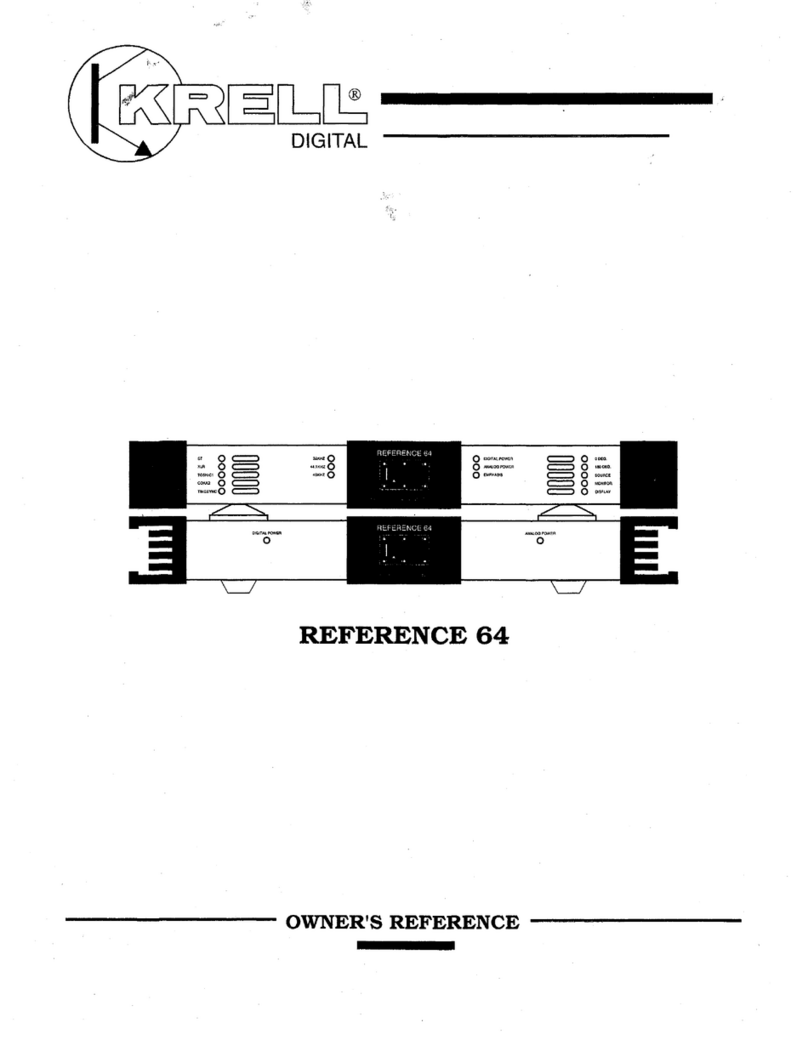
Krell Industries
Krell Industries Digital-to-Analog Processor REFERENCE 64 Quick start guide
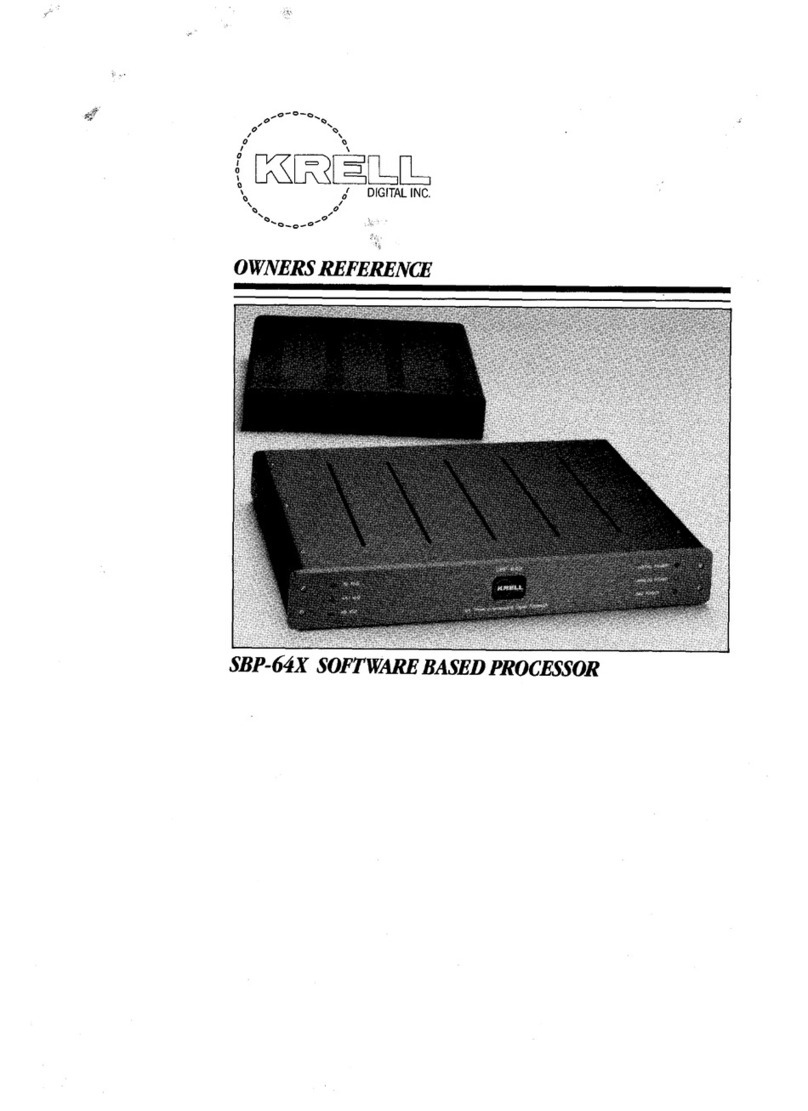
Krell Industries
Krell Industries SBP-64X Quick start guide
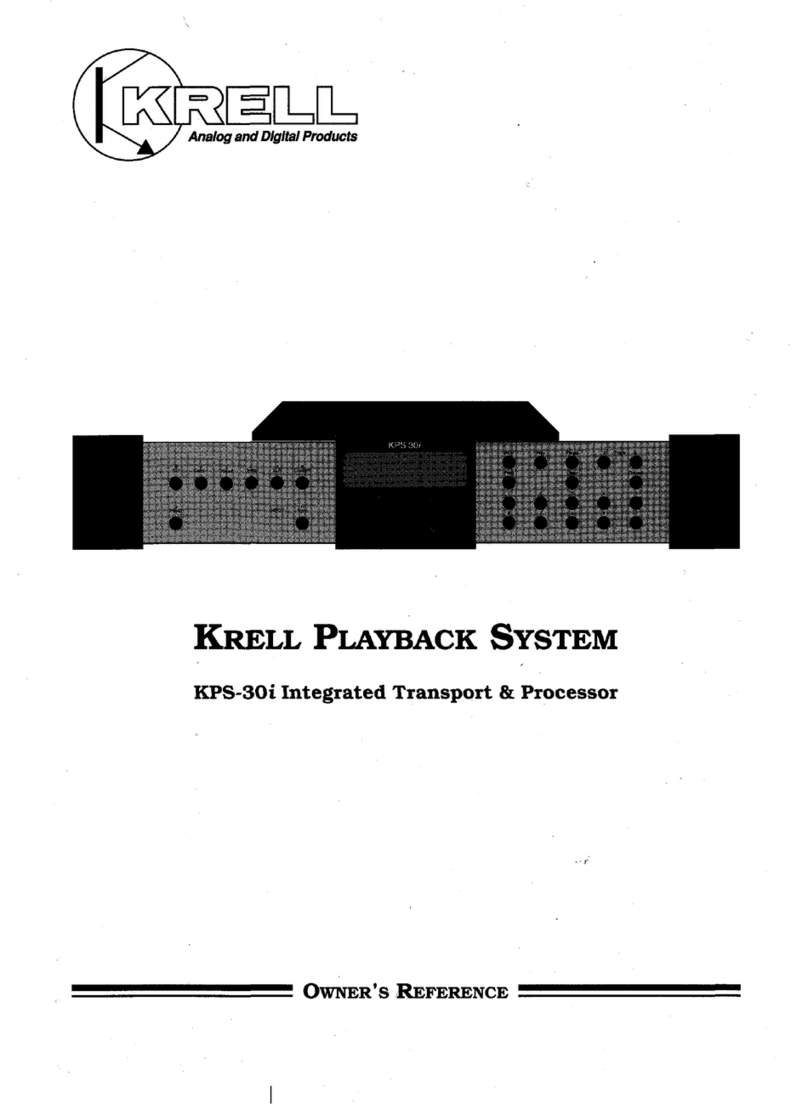
Krell Industries
Krell Industries Integrated Transport & Processor KPS-30i Quick start guide

Krell Industries
Krell Industries Digital-to-Ana|og Processor STUDIO Quick start guide
